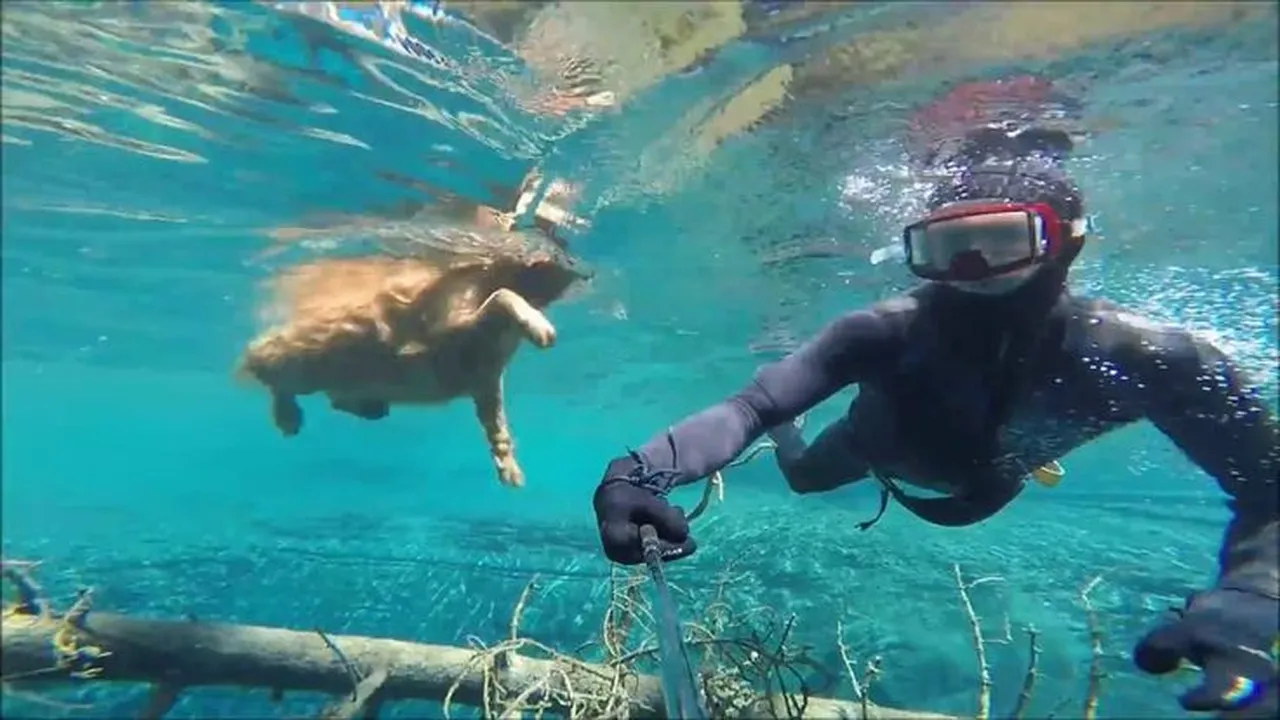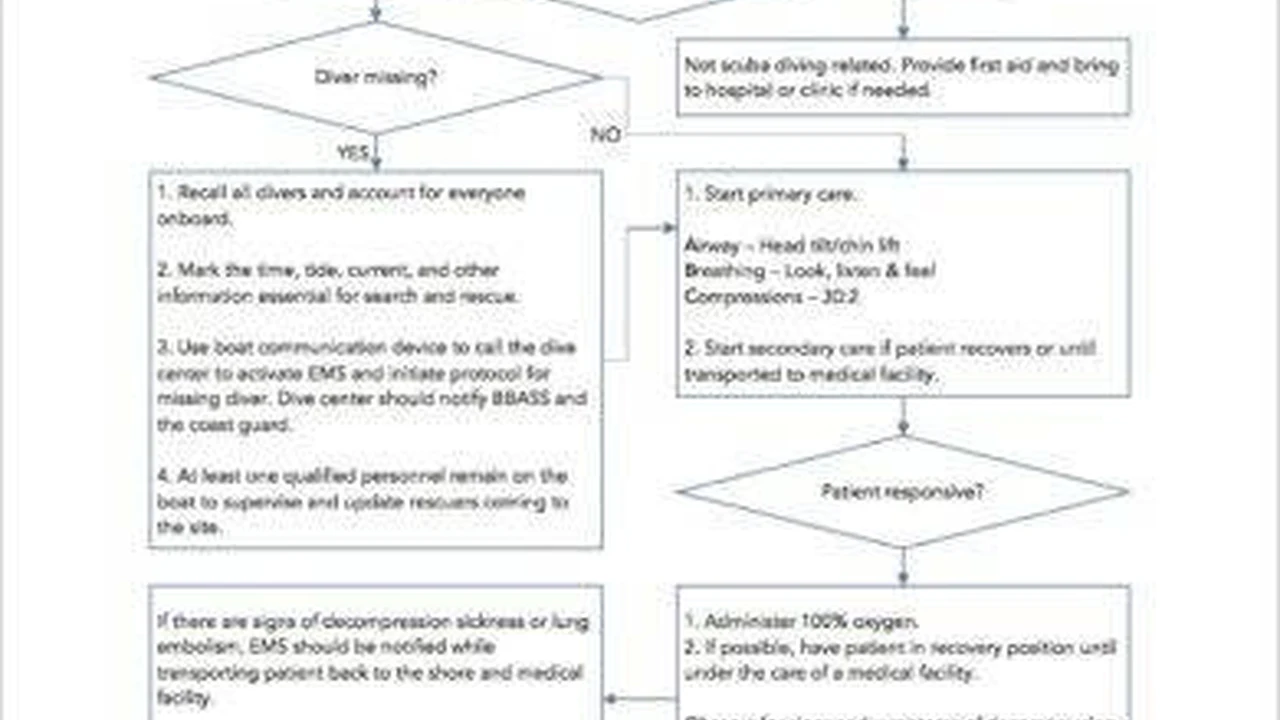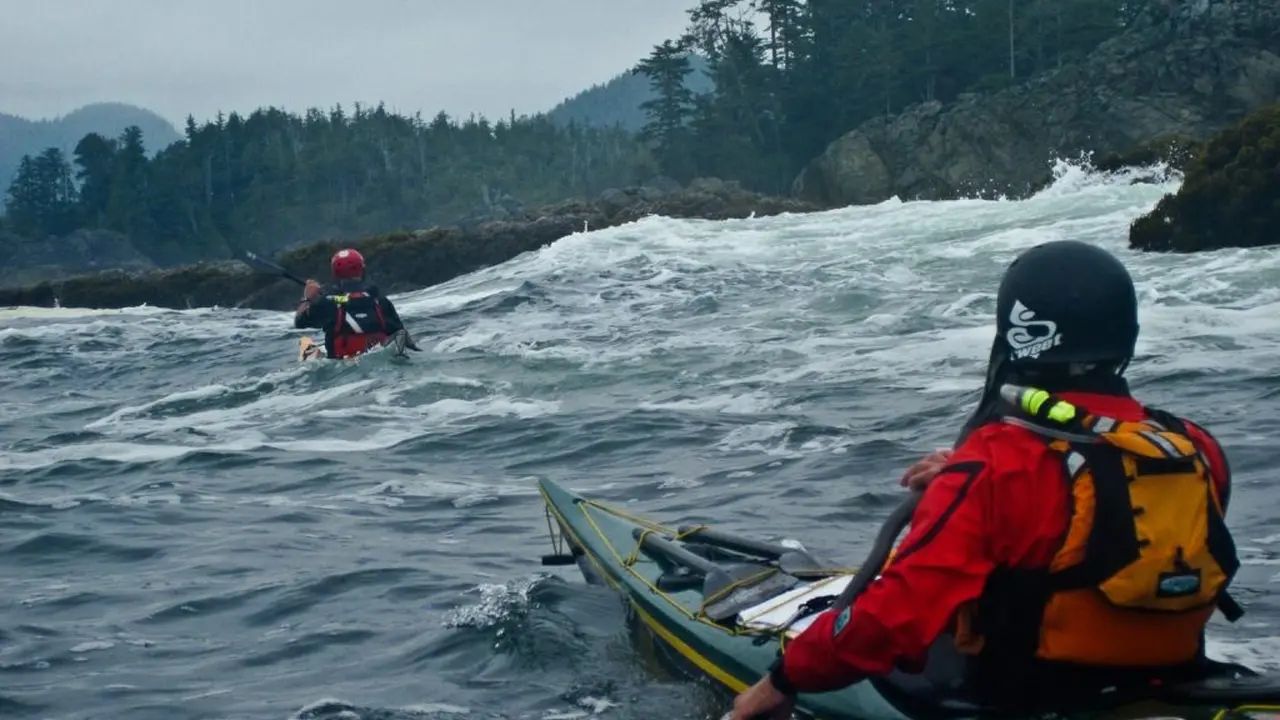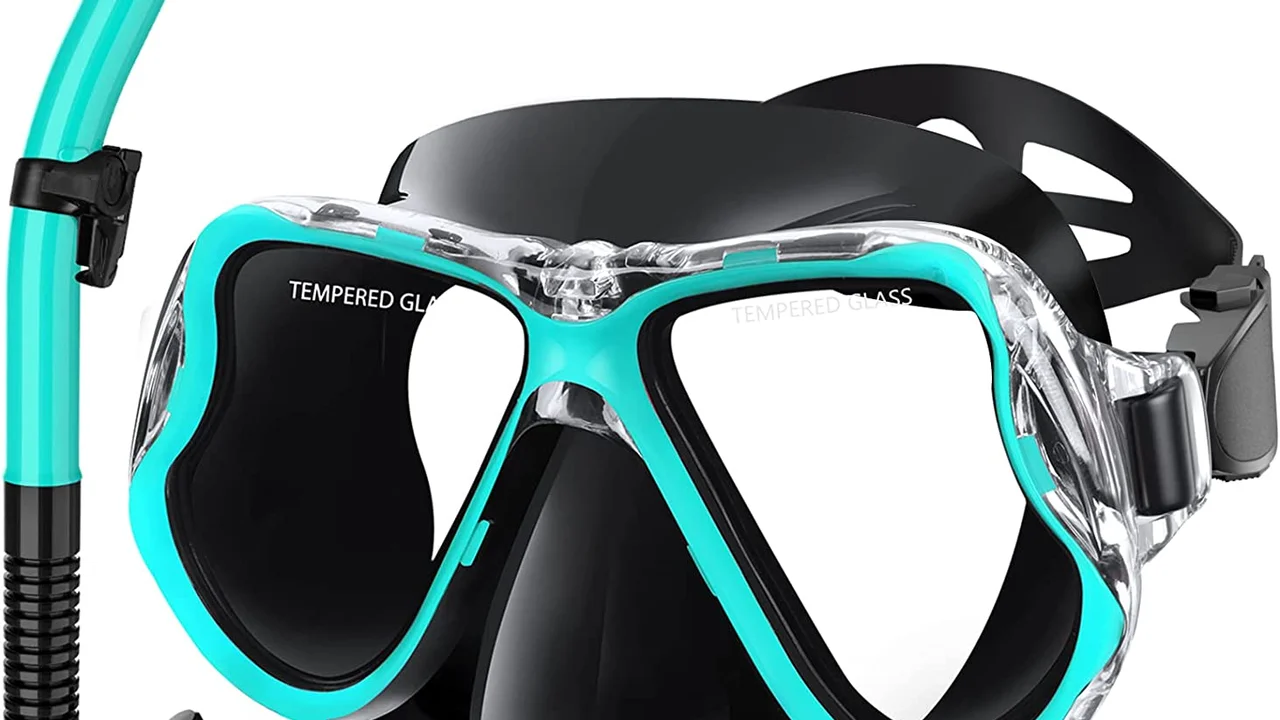7 Best Scuba Diving Spots, West Coast USA

The West Coast of the United States is a diver's paradise, offering a diverse range of underwater environments, from kelp forests teeming with life to dramatic shipwrecks. Whether you're a seasoned pro or a beginner just getting your fins wet, there's a dive site on the West Coast that will take your breath away. But with so many options, where do you even begin? That's where this guide comes in. We've curated a list of the 7 best scuba diving spots on the West Coast, taking into account factors like visibility, marine life, accessibility, and overall dive experience. So grab your gear, book your flights, and get ready to explore the underwater wonders of the West Coast!
Scuba Diving West Coast USA A Comprehensive Guide
This guide isn't just a list; it's your comprehensive resource for planning your West Coast scuba diving adventure. We'll delve into the specifics of each location, providing details on what you can expect to see, the best time to dive, and any potential hazards to be aware of. We'll also offer recommendations for dive operators, accommodations, and other activities to make your trip unforgettable. Beyond the specific dive sites, we'll touch upon broader topics relevant to diving in the region, such as the importance of responsible diving practices and how to choose the right gear for the conditions.
Best Scuba Diving Gear West Coast Recommendations
Speaking of gear, let's talk about recommendations. Diving the West Coast requires gear that can handle cooler waters and potentially strong currents. Here are a few of our top picks:
Wetsuits and Drysuits for West Coast Diving
Water temperature is a major factor. While Southern California can boast some relatively warm waters in the summer, much of the West Coast diving experience involves colder temperatures. A good wetsuit (at least 7mm) is essential for comfort. Consider a hooded vest for added warmth. For those truly sensitive to the cold, or diving in Northern California, Oregon, or Washington, a drysuit is highly recommended. Drysuits offer superior insulation and allow you to wear multiple layers underneath, keeping you warm even in the chilliest waters.
Product Recommendation: Bare 7mm Velocity Full Wetsuit. This wetsuit offers excellent thermal protection and flexibility, making it ideal for a wide range of West Coast diving conditions. It features anatomically correct patterning and a durable neoprene construction. Pricing: Approximately $400 - $500.
Product Recommendation: Whites Fusion Drysuit. This is a top-of-the-line drysuit known for its durability and comfort. It's a great investment for serious West Coast divers. Pricing: Approximately $1500 - $2000.
Use Cases: Wetsuits are perfect for diving in Southern California during the summer months, or for shorter dives in slightly cooler waters. Drysuits are essential for extended dives in colder waters, or for divers who are particularly sensitive to the cold. They also allow for year-round diving in many locations.
Product Comparison: A 7mm wetsuit is generally more affordable and offers greater freedom of movement than a drysuit. However, a drysuit provides significantly better thermal protection and allows you to stay warmer for longer periods of time. Consider your budget, the typical water temperatures you'll be diving in, and your personal tolerance for cold when making your decision.
Regulators for Cold Water Diving West Coast
Your regulator is your lifeline underwater, so it's crucial to choose one that is reliable and performs well in cold water. Cold water can cause regulators to freeze up, potentially cutting off your air supply. Look for regulators that are specifically designed for cold water diving and have environmentally sealed first stages.
Product Recommendation: Aqualung Legend LX Supreme Regulator. This regulator is a popular choice among experienced divers for its exceptional performance in cold water. It features an environmentally sealed first stage and a balanced second stage for smooth breathing at all depths. Pricing: Approximately $800 - $1000.
Use Cases: This regulator is suitable for all types of West Coast diving, from recreational dives to technical dives. Its cold water performance makes it particularly well-suited for diving in Northern California, Oregon, and Washington.
Product Comparison: Compared to cheaper regulators, the Aqualung Legend LX Supreme offers superior cold water performance, better breathing performance, and greater reliability. While it's a more expensive option, it's a worthwhile investment for your safety and comfort.
Dive Computers for West Coast Underwater Exploration
A dive computer is an essential piece of equipment for any diver, providing crucial information such as depth, bottom time, and ascent rate. Look for a dive computer that is easy to read and use, and that offers features such as nitrox compatibility and a digital compass.
Product Recommendation: Suunto Zoop Novo Dive Computer. This dive computer is a great option for both beginner and experienced divers. It's easy to use, offers all the essential features, and is available at a reasonable price. Pricing: Approximately $300 - $400.
Use Cases: This dive computer is suitable for recreational diving in a variety of environments. It's a good choice for divers who are looking for a reliable and easy-to-use dive computer without breaking the bank.
Product Comparison: Compared to more advanced dive computers, the Suunto Zoop Novo lacks some of the more sophisticated features, such as air integration and a color display. However, it offers all the essential features for recreational diving and is a much more affordable option.
Top 7 Scuba Diving Locations on the West Coast
Now, let's dive into the heart of the matter: the 7 best scuba diving spots on the West Coast!
Catalina Island California Scuba Diving Paradise
Located just off the coast of Southern California, Catalina Island is a world-renowned diving destination. Its clear waters, abundant marine life, and diverse dive sites make it a popular choice for divers of all levels. From the iconic Casino Point Dive Park to the challenging wrecks scattered around the island, Catalina offers something for everyone.
What to See: Garibaldi (California's state fish), kelp forests, moray eels, sheepshead, and a variety of other marine life. You might even spot a playful sea lion or a majestic whale passing by.
Best Time to Dive: Summer and fall offer the best visibility and warmest water temperatures, but diving is possible year-round.
Dive Site Spotlight: Casino Point Dive Park. This protected cove is ideal for beginner divers and snorkelers. The clear water and abundant marine life make it a great place to learn the ropes or simply enjoy a relaxing dive. The park also features underwater trails with interpretive signs, making it a fun and educational experience.
Dive Operator Recommendation: Catalina Scuba Luv. They offer a wide range of dive trips and courses, catering to divers of all levels. They are known for their experienced instructors and their commitment to safety.
Monterey Bay California Underwater Wonders
Monterey Bay is another must-visit destination for West Coast divers. Its nutrient-rich waters support a diverse array of marine life, including sea otters, harbor seals, and a variety of fish and invertebrates. The bay is also home to the Monterey Bay Aquarium, which is a great place to learn more about the local marine ecosystem.
What to See: Sea otters, harbor seals, kelp forests, nudibranchs, and a variety of fish and invertebrates. You might also spot whales migrating through the bay.
Best Time to Dive: Fall and winter offer the best visibility, but the water can be quite cold. Summer is warmer but visibility may be reduced due to algal blooms.
Dive Site Spotlight: Breakwater Cove. This sheltered cove is a popular spot for beginner divers and snorkelers. The calm waters and abundant marine life make it a great place to learn the ropes or simply enjoy a relaxing dive. Look for colorful nudibranchs clinging to the rocks.
Dive Operator Recommendation: Monterey Bay Kayaks (also offers diving trips). While primarily known for kayaking, they also offer guided dive trips and rentals. They are knowledgeable about the local marine environment and committed to responsible diving practices.
Channel Islands National Park California Marine Biodiversity
The Channel Islands National Park, often referred to as the "Galapagos of North America," is a chain of five islands located off the coast of Southern California. Each island offers a unique diving experience, with diverse underwater landscapes and abundant marine life. The park is a haven for marine biodiversity and a must-visit destination for any serious diver.
What to See: Kelp forests, sea lions, seals, dolphins, whales, and a variety of fish and invertebrates. The islands are also home to several endemic species, found nowhere else in the world.
Best Time to Dive: Fall offers the best visibility and warmest water temperatures, but diving is possible year-round.
Dive Site Spotlight: Anacapa Island. This island is known for its dramatic underwater cliffs, kelp forests, and abundant marine life. The Frenchy's Cove dive site is a popular spot for divers of all levels.
Dive Operator Recommendation: Truth Aquatics. They operate multi-day dive trips to the Channel Islands, providing divers with the opportunity to explore multiple islands and dive sites.
La Jolla Cove California Underwater Park
La Jolla Cove is a protected marine reserve located in San Diego, California. Its clear waters, abundant marine life, and easy access make it a popular spot for divers and snorkelers of all levels. The cove is home to a variety of fish, invertebrates, and marine mammals, including sea lions and harbor seals.
What to See: Garibaldi, leopard sharks, shovelnose guitarfish, sea lions, harbor seals, and a variety of other marine life.
Best Time to Dive: Summer and fall offer the best visibility and warmest water temperatures, but diving is possible year-round.
Dive Site Spotlight: La Jolla Cove. The cove itself is a great place to dive, with clear water and abundant marine life. The nearby La Jolla Shores is also a popular spot for beginner divers and snorkelers.
Dive Operator Recommendation: Everyday California. They offer kayak tours, snorkeling tours, and diving tours of La Jolla Cove and the surrounding areas.
Point Lobos State Natural Reserve California Underwater Paradise
Point Lobos State Natural Reserve, located south of Carmel-by-the-Sea, is often called the "crown jewel" of California's state park system. Its dramatic coastline, pristine waters, and abundant marine life make it a truly special place to dive. The reserve is home to a variety of fish, invertebrates, and marine mammals, including sea otters, harbor seals, and whales.
What to See: Sea otters, harbor seals, kelp forests, nudibranchs, and a variety of fish and invertebrates. The underwater topography is also stunning, with dramatic cliffs, canyons, and caves.
Best Time to Dive: Fall and winter offer the best visibility, but the water can be quite cold. Summer is warmer but visibility may be reduced due to algal blooms.
Dive Site Spotlight: Whaler's Cove. This sheltered cove is a popular spot for divers of all levels. The calm waters and abundant marine life make it a great place to explore. Permits are required to dive in Point Lobos, so be sure to book in advance.
Dive Operator Recommendation: Diving within Point Lobos requires advanced planning and permits. Contact the park directly for information on guided dives and permit requirements.
Oregon Coast Diving Unique Underwater Landscapes
Diving the Oregon Coast is a different experience than diving in California. The water is colder, the currents are stronger, and the visibility can be more variable. However, the Oregon Coast offers unique underwater landscapes and a chance to see marine life that you won't find anywhere else. Expect rocky reefs, colorful invertebrates, and a rugged, wild beauty.
What to See: Rockfish, lingcod, sea stars, anemones, and a variety of other invertebrates. You might also spot seals, sea lions, or even whales.
Best Time to Dive: Summer and early fall offer the best chance of calmer seas and better visibility, but conditions can change quickly.
Dive Site Spotlight: Tillamook Bay. While not known for exceptional visibility, Tillamook Bay offers unique opportunities for wreck diving and exploring artificial reefs. The bay is also home to a variety of marine life.
Dive Operator Recommendation: Research local dive shops in towns like Garibaldi and Tillamook for guided dives and equipment rentals. Be sure to check the weather and sea conditions before heading out.
Puget Sound Washington State Diving Exploration
Puget Sound in Washington State offers a diverse range of diving experiences, from dramatic wall dives to fascinating wreck dives. The water is cold, but the marine life is abundant and the underwater scenery is stunning. Puget Sound is a popular destination for experienced divers looking for a challenging and rewarding diving experience.
What to See: Giant Pacific octopus, wolf eels, rockfish, lingcod, sea stars, anemones, and a variety of other invertebrates. You might also spot seals, sea lions, or even orcas.
Best Time to Dive: Fall and winter offer the best visibility, but the water is coldest during these months. Summer is warmer, but visibility may be reduced due to algal blooms.
Dive Site Spotlight: Edmonds Underwater Park. This popular dive park offers a variety of dive sites, including artificial reefs, wrecks, and a protected marine environment. It's a great place to see a wide range of marine life.
Dive Operator Recommendation: Several dive shops in the Seattle area offer guided dives and equipment rentals for Puget Sound. Look for shops that specialize in cold water diving.
Responsible Scuba Diving West Coast Practices
It's crucial to practice responsible diving practices to protect the delicate marine ecosystems of the West Coast. Here are a few tips:
- Avoid touching or disturbing marine life. Observe from a distance and avoid feeding the animals.
- Be mindful of your buoyancy. Avoid bumping into coral or other fragile structures.
- Don't leave any trash behind. Pack out everything you pack in, and pick up any trash you see.
- Use reef-safe sunscreen. Conventional sunscreens can harm coral reefs.
- Support sustainable dive operators. Choose operators who are committed to responsible diving practices.
West Coast Diving Certification Requirements and Considerations
Before you can start diving on the West Coast, you'll need to obtain a scuba diving certification from a recognized organization such as PADI or SSI. Certification courses typically involve classroom instruction, pool sessions, and open water dives. When choosing a certification course, be sure to select one that is appropriate for your experience level and the type of diving you plan to do.
In addition to certification, there are a few other considerations to keep in mind when planning your West Coast diving trip:
- Water temperature. The water on the West Coast can be quite cold, so be sure to dress appropriately. A wetsuit or drysuit is essential for staying warm.
- Currents. The currents on the West Coast can be strong, so be sure to dive with an experienced buddy and be aware of the potential hazards.
- Visibility. Visibility on the West Coast can vary depending on the location and time of year. Check the local conditions before you dive.
- Marine life. The West Coast is home to a variety of marine life, some of which can be dangerous. Be aware of your surroundings and avoid approaching or touching any potentially dangerous animals.
Planning Your West Coast Scuba Diving Adventure
Planning a scuba diving trip to the West Coast requires careful consideration of several factors, including your experience level, budget, and the type of diving you want to do. Start by researching the different dive sites and choosing the ones that are best suited for your needs. Then, book your flights and accommodations, and make sure to pack all the necessary gear.
Here are a few additional tips for planning your West Coast scuba diving adventure:
- Book your dive trips in advance, especially during peak season.
- Check the weather forecast and sea conditions before you go.
- Bring plenty of warm clothing, even if you're diving in the summer.
- Be prepared for rough seas and strong currents.
- Have fun and enjoy the underwater wonders of the West Coast!
The West Coast of the USA offers some of the most diverse and exciting scuba diving opportunities in the world. From kelp forests teeming with life to dramatic shipwrecks, there's something for every diver to enjoy. By following the tips in this guide, you can plan a safe and unforgettable scuba diving adventure on the West Coast.
:max_bytes(150000):strip_icc()/277019-baked-pork-chops-with-cream-of-mushroom-soup-DDMFS-beauty-4x3-BG-7505-5762b731cf30447d9cbbbbbf387beafa.jpg)






